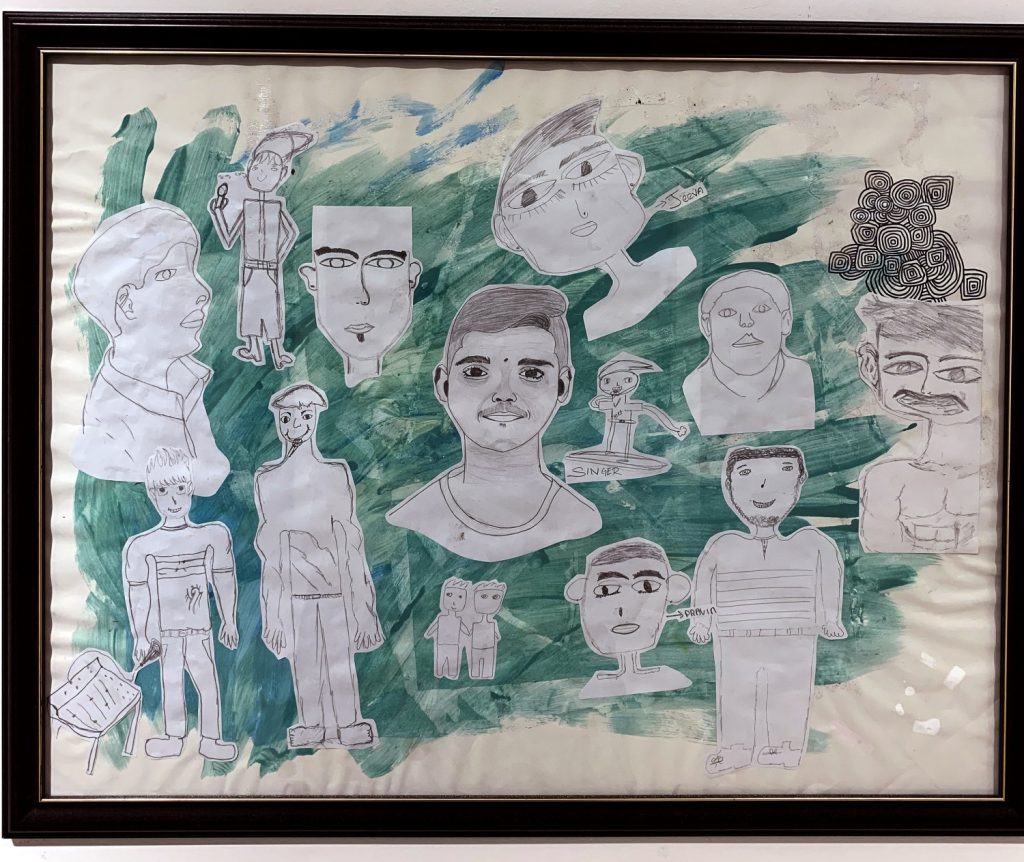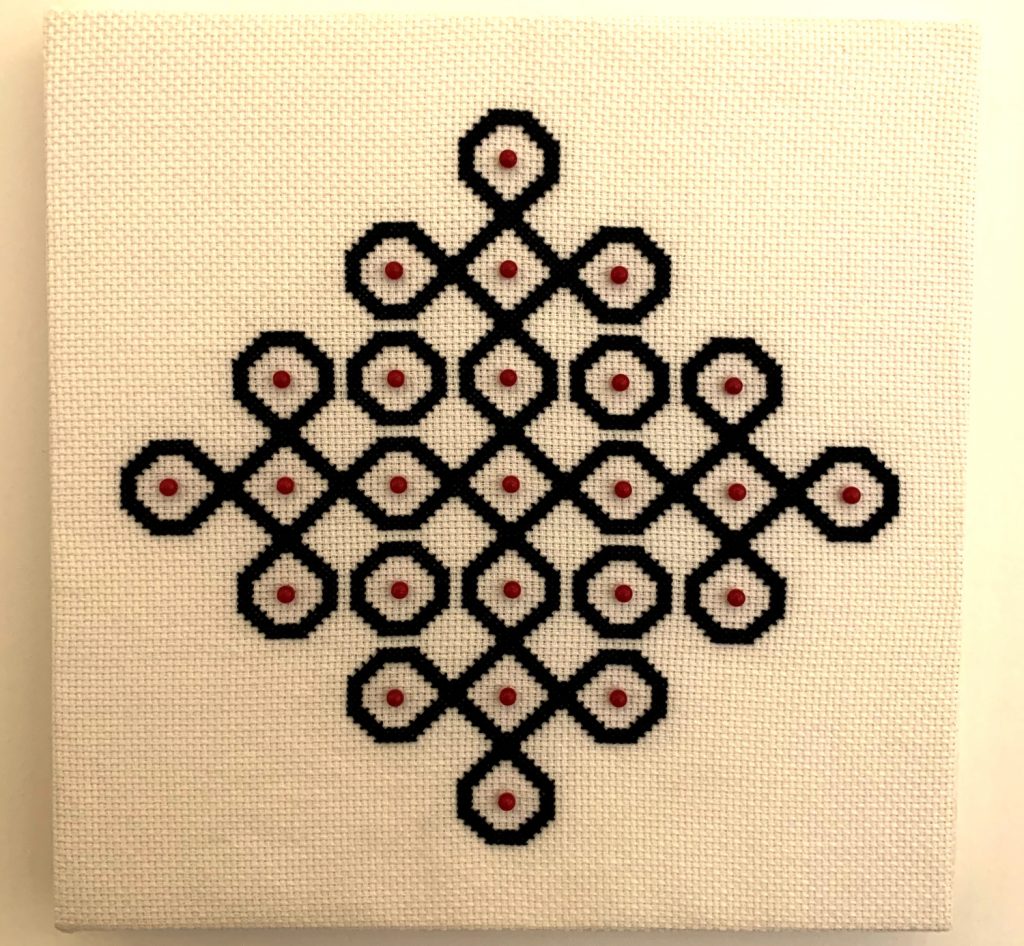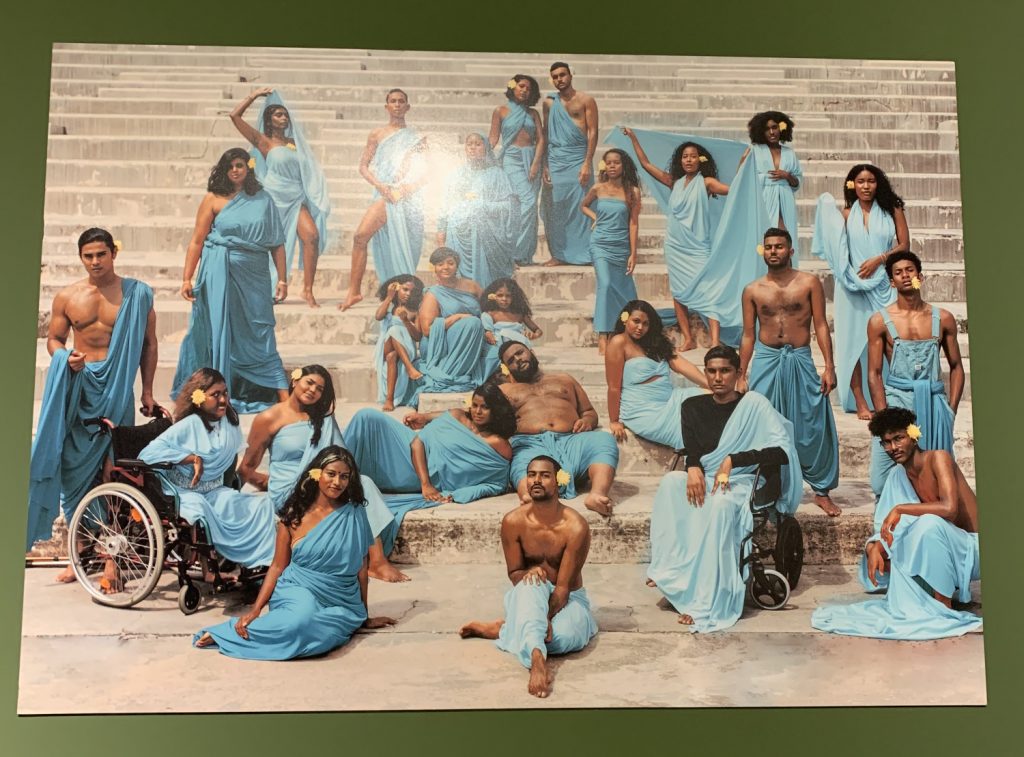- Views3232
- Likes0
Banana Leaf: A Celebration of Malaysian Indian Arts & Culture
Curated by Ruby Subramaniam
4-20 October 2019
At GMBB, Jalan Robertson, KL
Review by Sharmilla Ganesan
It took me nearly a week to put into words exactly why Banana Leaf: A Celebration of Malaysian Indian Arts & Culture was so significant as an experience.
Last night, I attended a musical performance that included a sort of medley of “performances from around the world”, one of which was “Indian”. I use this term loosely because what it in fact was, was a lazy semi-spoof of a Bollywood love song seemingly circa the 1980s – complete with badly draped saree and exaggerated hip jiggles.
As I watched the largely urban Malaysian audience burst into laughter and appreciative applause, I realised that I was tired. I was too tired even to protest this cliched, one-dimensional performance of what was supposedly my culture – or, more accurately, what many people in Malaysia seem to STILL think Indian culture is. Tired that, even now, most of the people I share this country with don’t see that Malaysian Indian culture and India is both linked and separate, born of but grown up, rooted yet blossomed in its own myriad ways.
The truth is, we can’t win them all. We can’t convince every single person who thinks that a head-bob and a red dot represents a Malaysian Indian to recognise or care or develop a curiousity about us – to realise that we have other stories to tell.
But what we can do is persist in telling those stories. To create spaces where those stories can nest and grow and flourish into becoming more than just the sum of their parts. Not to convince others, but to show ourselves their worth. To show ourselves that we can define who we are and who we want to be.
And that is exactly what artist Ruby Subramaniam has done with the art exhibition she’s curated: Banana Leaf, a showcase of a variety of Malaysian Indian artists exploring multiple ideas on identity and culture. Stories that are both “Indian” and not, “Malaysian” and not, about a community and also about individuals – and stories that are squarely of today.
The art on display is not a tired parade of peacocks and kolams and sarees. There were sarees, yes, but subverted into a garment of both comfort and weighted expectation in Veshalini Naidu and Dhinesha Karthigesu’s ROJA: Weaving a Womxn. There were kolams by Mala, but rendered in painfully neat embroidery that questions the art’s place in modern life.
And alongside these were quirky additions like Belveen Singh’s Deepavali memes (declaring plaintive gems like “I just called tosai I love you”), and an interactive motion capture installation by Arcis Digital that almost erases our external boundaries by seeing us only as moving lines and pixels.
Then in Mogan Selvakannu’s documentary photography series Skeletons of Empire, the journey of the Malaysian Indian diaspora is explored through the tale of rubber plantations and British colonisation – with the photographer creating a modern archive of the community that reinstates a sense of ownership over their own stories to his subjects.
In contrast, Catherea and Daniel Adams’ Dark Skin Is… photo series is almost mythmaking, with its glorious images of diverse, dark-skinned individuals swathed in celestial blues and meditative yellow blooms.
But my favourite was perhaps the one where the stories felt the most urgent, the most fragile: Saraswati’s Children, a series of collages created from artwork done by the boys of Sivananda Ashram (through GoodKids Malaysia). Accompanied by essays and excerpts written by the boys themselves, the collection provides insight into the thoughts and experiences of young Malaysian Indian men, along with the attendant joys, frustrations, and fears.
Banana Leaf is not perfect. It could use some tightening of concepts, and not all the works on show are uniformly strong or filled with thought. However, as a space to reimagine the kinds of stories Malaysian Indians can tell about themselves, it feels not only terribly exciting, but filled with potential. Because not only do these stories grow in the telling, but the telling itself is an essential piece of that story.


